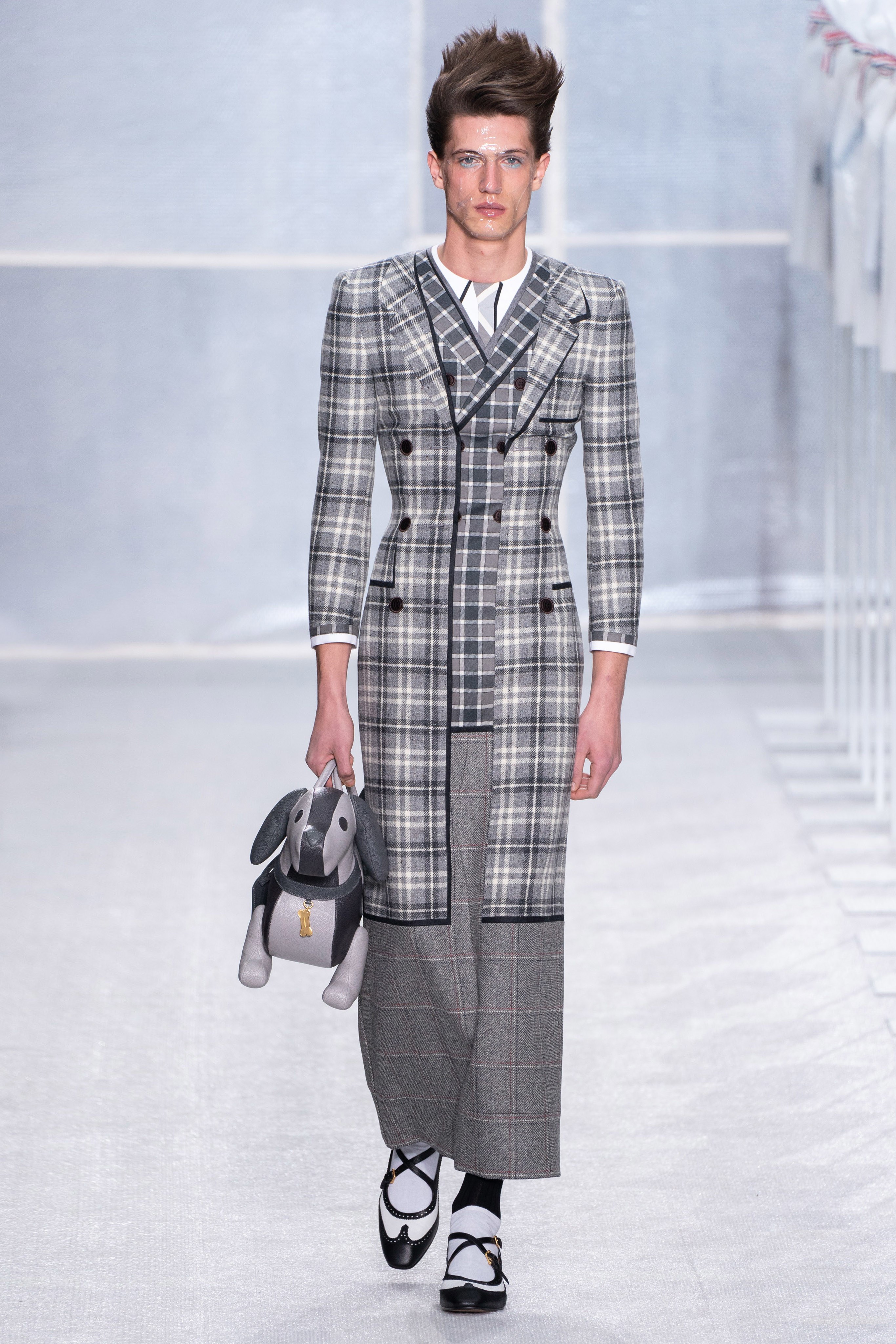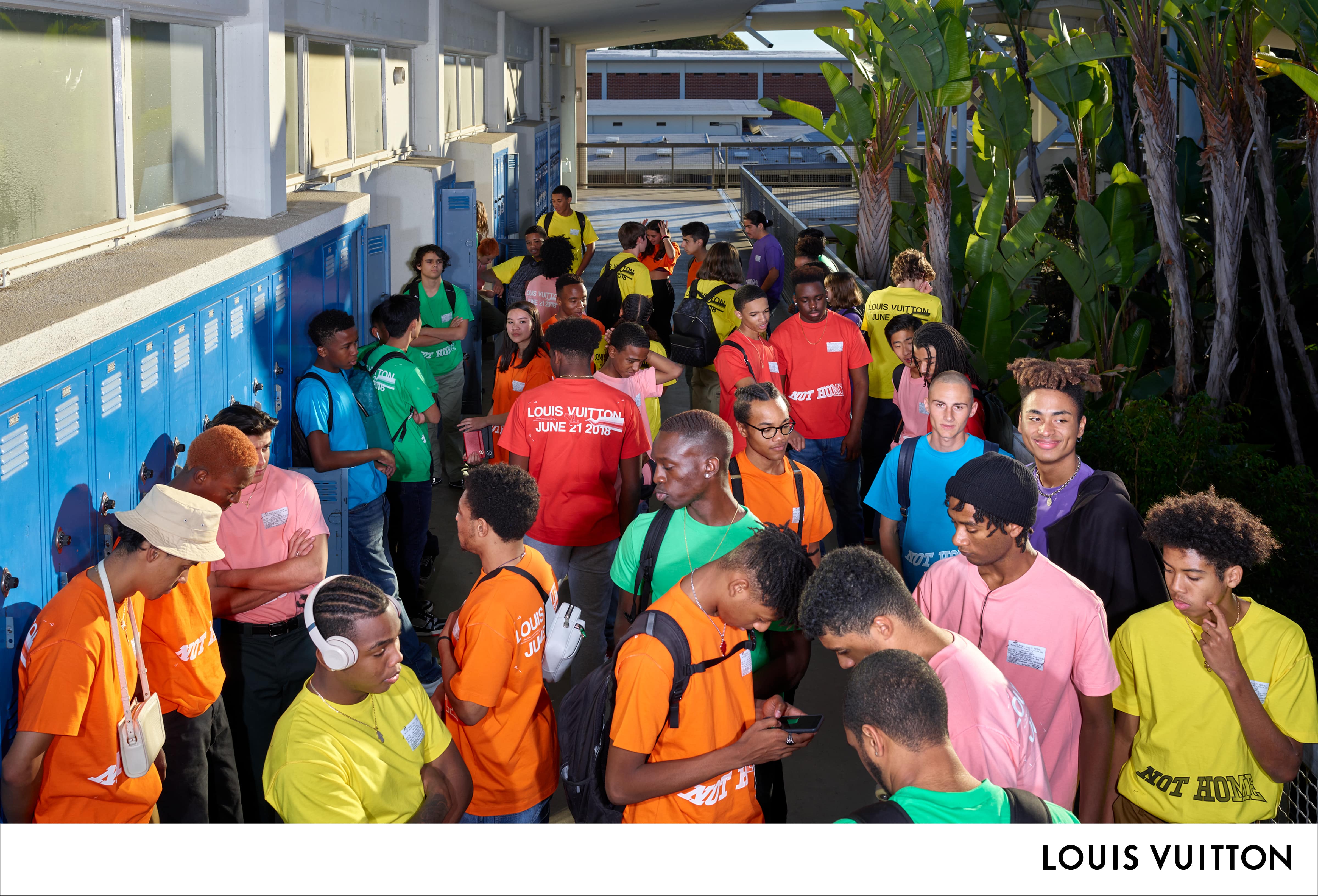2019 Fashion: Sustainable Sustenance for the Soul
This year, the fashion industry promises to be eco- and user-friendly.
Spencer Phipps’ 2nd Collection at fashion week broached the subject of sustainability. For Phipps, being a “drag in people’s consciousness” is ineffective in churning environmental awareness. He opts to “keep it light and keep it joyful,” instead. For example, one of his shirts had a hand drawn illustration of recently discovered spider species, the Sparkle-. He also used Japanese Eco-technology to craft 100-percent waterproof versus weatherproof, garments. Utility style designs were fabricated from a hybrid of cotton and hemp-the high iron supplement and poppy seed equivalent that could potentially be flagged in a drug test.
On January 15, Vogue reported that the CFDA released new guidelines for sustainability place in fashion, signaling the start of a new unspoken presence in fashion weeks to come from here on out. The manifesto, coming in at 233 pages: how to create a blueprint for implementation of said strategic measures, an anthology and directory of resources and materials.

Thom Browne touched on both environmentalist tendencies and inclusion of gender-bending silhouettes and prints. He took it to the extreme in Paris with a bubble wrap-garment introduction, and decorated set. The garments that came thereafter were feminist defined – dainty gray cross-strapped Mary Jane short heels, fur-hem duster coats, snakeskin obsessive handbag satchels with zip closures, double-breasted long-blazers nipped and tucked at the waist for a an hourglass shape, layered over maxi dresses, which he “loves the idea of guys wearing,” he admits.
There were strapless bustier and novelty puppy handbags not unlike those regularly collected by Kate Spade collectors. According to Browne, “I think it’s an interesting time, that guys are really open to so much more right now.”
According to Kenya N. Wiley, attorney and founder of Fabric Innovation Alliance, only recently were artists of color appreciated for their creations. She said that it was not until Gucci backed Harlem-based legend, Dapper Dan, that he gained recognition in luxury fashion.
Perhaps nowhere was the aspect of blatant discrimination more evident than with what appeared to be Prada accessories, Pradamalia, that resembled blackface. The nondescript creatures were black, had what has been described as invoking “racist imagery” with exaggerated lips,” by Chineyere Ezie, a civil rights lawyer and social justice activist. A formal apology followed as well as revolution of campaign displays. They also declared “to guide [their] efforts on diversity, inclusion and culture.” They delivered with men’s fashion week a year later.

Prada flipped the monstrosity of bigotry on its head with a monster that has a “big heart,” Mary Shelley’s fictional literary protagonist, Frankenstein. The menswear show, that also featured Gigi Hadid and Kaia Gerber, reflected designed Miuccia Prada’s main interest “in the understanding of humanity: weakness and the more delicate and naked aspects.” Prada wanted to exhibit what happens when one “reaches the boiling point of anger and despair,” and to understand how one can express these emotions without being pretentious.
Junya Watanabe embraces multigenerational diversity, sometimes having white bearded men strolling down the runway for a show entitled, Silver Swagger. He cast models of his age and older, ages without any alterations to graying hair or dermatological intervention. Watanabe also bypassed wastage with collaborations with Canada Goose and New Balance, decreasing the material load of separate collections.
Virgil Abloh for Louis Vuitton showed inclusion in a variety of ways- literally, flags were patched together on collard, and life-size renditions were draped and tailored in a parade of nations toward the end of a show that honored pop. Abloh then showed a diversified set of socioeconomic stratum in with an East Village set that featured looks that spanned vibrant Harlem-inspired tracksuits, 80s pop cultural references on graphic hoodies similar to Will Smith’s high-too hairdo days in West Philly, to his cropped cut days at his Uncle’s Bel Air mansion with an array of underrated gray scale and khaki suits.

Following the runway show, Abloh broke the industry’s segment of the Internet with his debut advertorial campaign that practiced age-old inclusion, no pun intended, transcending generations, from the opposite direction- emphasizing boyhood that prefaces the man.
Perhaps the most inclusive move made by the fashion industry was announced on January 17, coinciding withe men’s fashion week: Rihanna – singer, beauty and fashion polymath, known by one standalone name like the aforementioned Virgil Abloh’s ancient Roman namesake – will be the first black woman from the music scene and the first new brand since 1987 to be commissioned by LVMH holdings. The luxury fashion brand will include ready-to-wear and leather accessories.
On January 24, Ricardo Tisci launched his debut editorial campaign for Burberry that was ruminates on the idea of inclusion. Exalting his adapted international homes for welcoming him and enabling him to pursue a successful career. Tisci signed on six different photographers and an assembly hall of models representing varying ages and number of portfolio pages, as well as hailing from different countries. None of the 6 photographers had ever shot for Burberry.
While new for others, some brands, like Giuliano Calza, had always fostered inclusion and individuality, and yet they continue to embrace diversity. The S/S ’19 campaign was a testament to that progression having tapped popular culture icons, like exploring youth and diversity, creative director Giuliano Calza tapped some of the greatest power players in youth culture today to star in the campaign, like Model of the year Alton Mason and DJ Yung Taco.